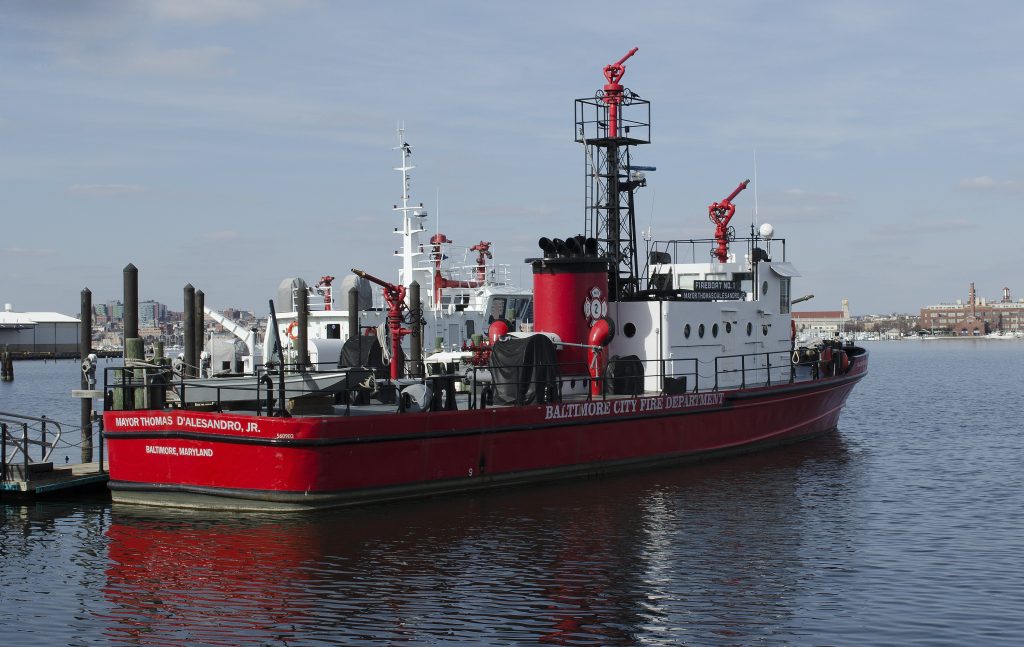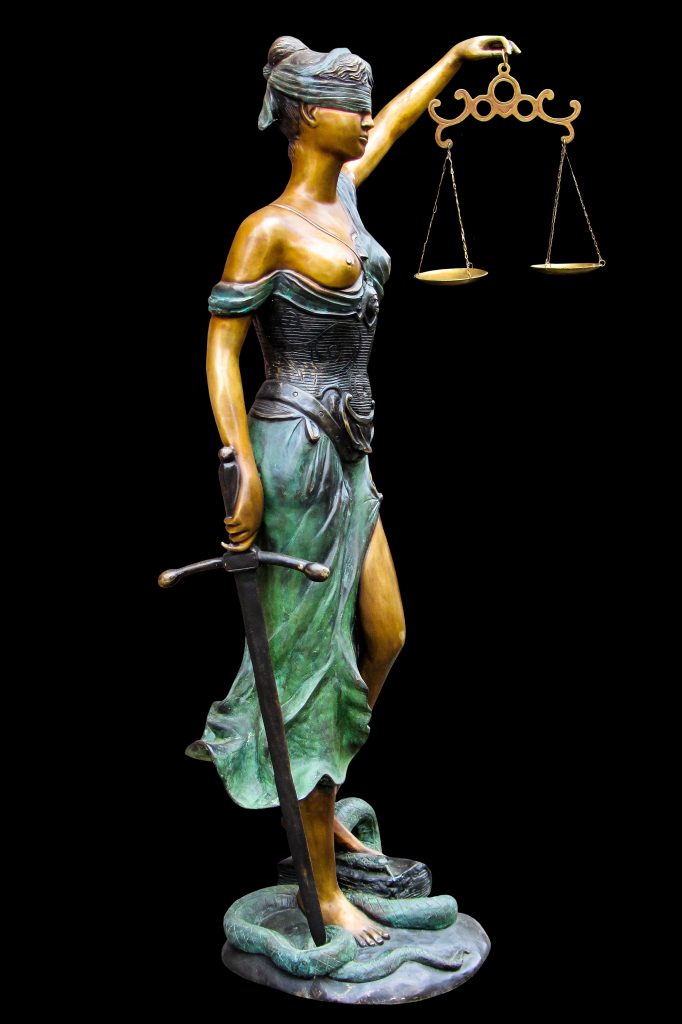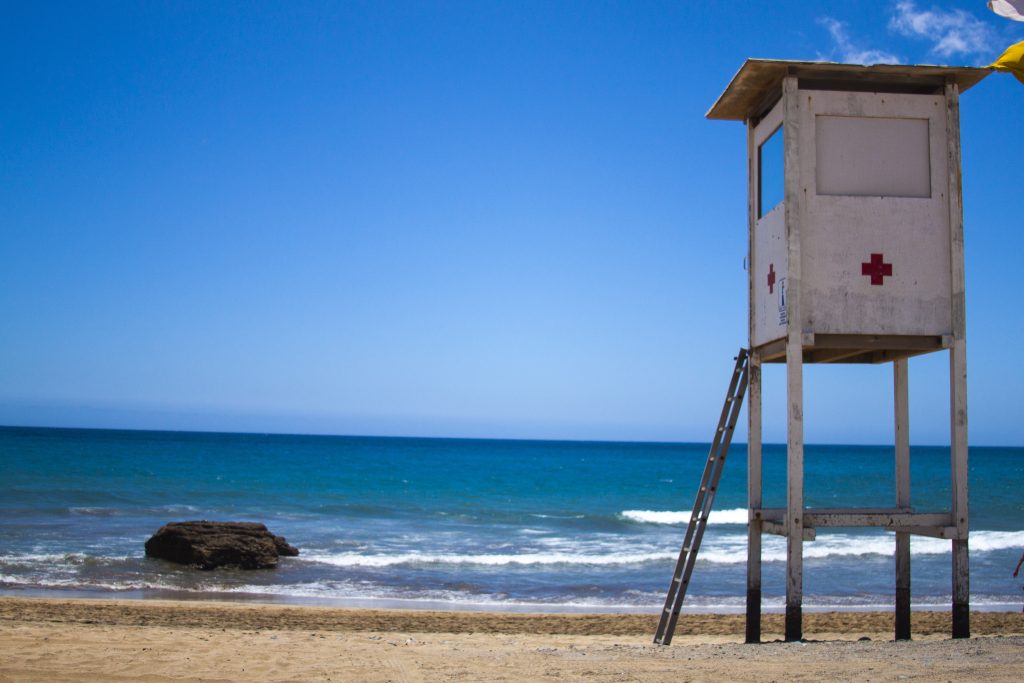 The evolving nature of employment now means the relationship between employer and employee can be indirect and through different contracting methods. In addition, many people employed by one company are, in fact, on the job doing work for another. A recent case in Louisiana highlights these distinctions and the risks posed to workers and their families when seeking compensation.
The evolving nature of employment now means the relationship between employer and employee can be indirect and through different contracting methods. In addition, many people employed by one company are, in fact, on the job doing work for another. A recent case in Louisiana highlights these distinctions and the risks posed to workers and their families when seeking compensation.
While working in 2013, Michael J. Louque Jr. was crushed to death by a piece of heavy machinery that rolled off the truck it was being loaded onto. Mr. Louque was employed by River Parish Maintenance (RPM) but was working at the Motiva Enterprises, LLC (“Motiva”) manufacturing complex. Upon his death, the family of Mr. Louque filed a lawsuit against Motiva and others, seeking compensation for his wrongful death.
The contract that brought Mr. Louque to the Motiva manufacturing complex was actually between RPM and Shell Oil Products US (“Shell”). This point is crucial in understanding the state of the Louque’s litigation, as Louisiana law prohibits employees from directly suing their employers in a tort claim rather than pursuing worker’s compensation benefits. See Deshotel v. Guichard Operating Company, Inc.
 Louisiana Personal Injury Lawyer Blog
Louisiana Personal Injury Lawyer Blog


 Juries are one of the most important foundations in our legal system. Their role is to determine the truth behind the sometimes confusing legal language and provide justice. Juries rely on the information given to them by lawyers in the form of Jury Questions. However, when an alleged ambiguous term appears in the questionnaire, the court must determine if that specific word tainted the jury’s verdict.
Juries are one of the most important foundations in our legal system. Their role is to determine the truth behind the sometimes confusing legal language and provide justice. Juries rely on the information given to them by lawyers in the form of Jury Questions. However, when an alleged ambiguous term appears in the questionnaire, the court must determine if that specific word tainted the jury’s verdict.  The jury process is considered the great equalizer when it comes to the everyday man fighting large corporations. Juries in Louisiana are made up of twelve people tasked with evaluating the evidence and legal arguments of the parties. While juries do, their best mistakes can be made and corrected by the Judge overseeing the case. So what happens if a jury leaves out critical items of a damage award? Can a Judge increase a jury’s award of damages? The following lawsuit out of Lake Charles helps answer this question.
The jury process is considered the great equalizer when it comes to the everyday man fighting large corporations. Juries in Louisiana are made up of twelve people tasked with evaluating the evidence and legal arguments of the parties. While juries do, their best mistakes can be made and corrected by the Judge overseeing the case. So what happens if a jury leaves out critical items of a damage award? Can a Judge increase a jury’s award of damages? The following lawsuit out of Lake Charles helps answer this question.  A typical work schedule for a full-time employee consist of working seven to eight hours a day. A customary practice among some employees involves leaving their place of employment a couple minutes before their official workday ends; however, what happens if you are injured during those last few minutes? Are you considered “on the clock?” Can you sue your employer for damages, or are you restricted to workers’ compensation as your only remedy? These are the questions that will be discussed in this article.
A typical work schedule for a full-time employee consist of working seven to eight hours a day. A customary practice among some employees involves leaving their place of employment a couple minutes before their official workday ends; however, what happens if you are injured during those last few minutes? Are you considered “on the clock?” Can you sue your employer for damages, or are you restricted to workers’ compensation as your only remedy? These are the questions that will be discussed in this article.  If you are injured by someone in their course of employment, you can contact their employer for your compensation. But unfortunately, employers hire independent contractors to skirt around liability when their workers mess up. Below is a cautionary tale about how cascading levels of independent contractors left an injured plaintiff with limited sources for his injuries.
If you are injured by someone in their course of employment, you can contact their employer for your compensation. But unfortunately, employers hire independent contractors to skirt around liability when their workers mess up. Below is a cautionary tale about how cascading levels of independent contractors left an injured plaintiff with limited sources for his injuries.  Some mistakes can cost you your job. Rules and regulations are drafted and enacted in the medical field to ensure a safe work environment. Before breaking a rule to get your job done, consider the danger in which you could place yourself or your interests. The following lawsuit from Slidell shows how unemployment benefits can be taken away due to employee misconduct.
Some mistakes can cost you your job. Rules and regulations are drafted and enacted in the medical field to ensure a safe work environment. Before breaking a rule to get your job done, consider the danger in which you could place yourself or your interests. The following lawsuit from Slidell shows how unemployment benefits can be taken away due to employee misconduct.  Courts often hear contradicting testimony and must decide who to believe or who is more credible. For example, the following
Courts often hear contradicting testimony and must decide who to believe or who is more credible. For example, the following  In automobile accident cases, determining the drivers’ liability is often the core issue in determining damages. Unfortunately, who is at fault in a car accident in a parking lot can be tricky. The following lawsuit out of Lake Charles shows how courts weigh the evidence and come to conclusions in parking lot collisions.
In automobile accident cases, determining the drivers’ liability is often the core issue in determining damages. Unfortunately, who is at fault in a car accident in a parking lot can be tricky. The following lawsuit out of Lake Charles shows how courts weigh the evidence and come to conclusions in parking lot collisions.  One’s life is forever altered after an incapacitating injury. While the situation comes with enough issues, problems are enhanced when medical providers merge and change the disability benefits you have relied upon for a year. Unfortunately, this is precisely what happened to Michael Swinea after
One’s life is forever altered after an incapacitating injury. While the situation comes with enough issues, problems are enhanced when medical providers merge and change the disability benefits you have relied upon for a year. Unfortunately, this is precisely what happened to Michael Swinea after  When subcontractors get injured at work, it can be confusing to determine who is liable for damages. This case shows a company’s failed attempt at using the “two contract defense” to dismiss claims in a slip and fall case. It also helps answer the question; What is a two-contract defense in Louisiana Lawsuits?
When subcontractors get injured at work, it can be confusing to determine who is liable for damages. This case shows a company’s failed attempt at using the “two contract defense” to dismiss claims in a slip and fall case. It also helps answer the question; What is a two-contract defense in Louisiana Lawsuits?